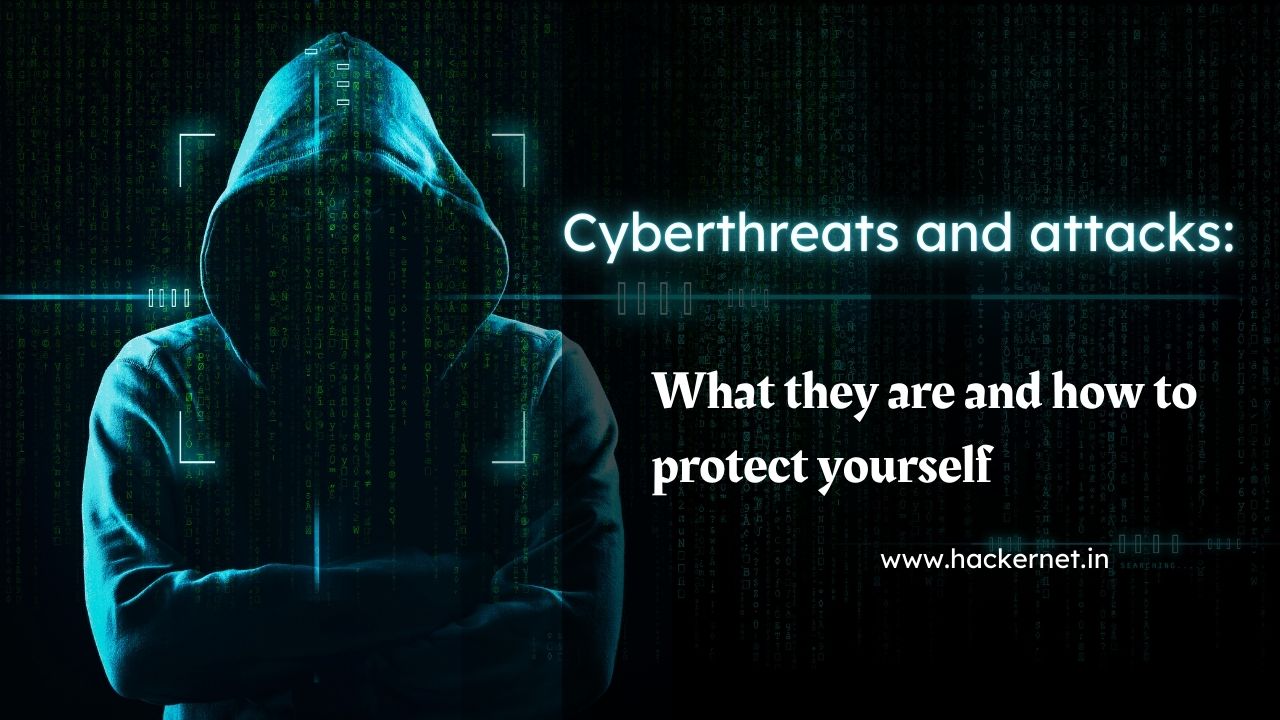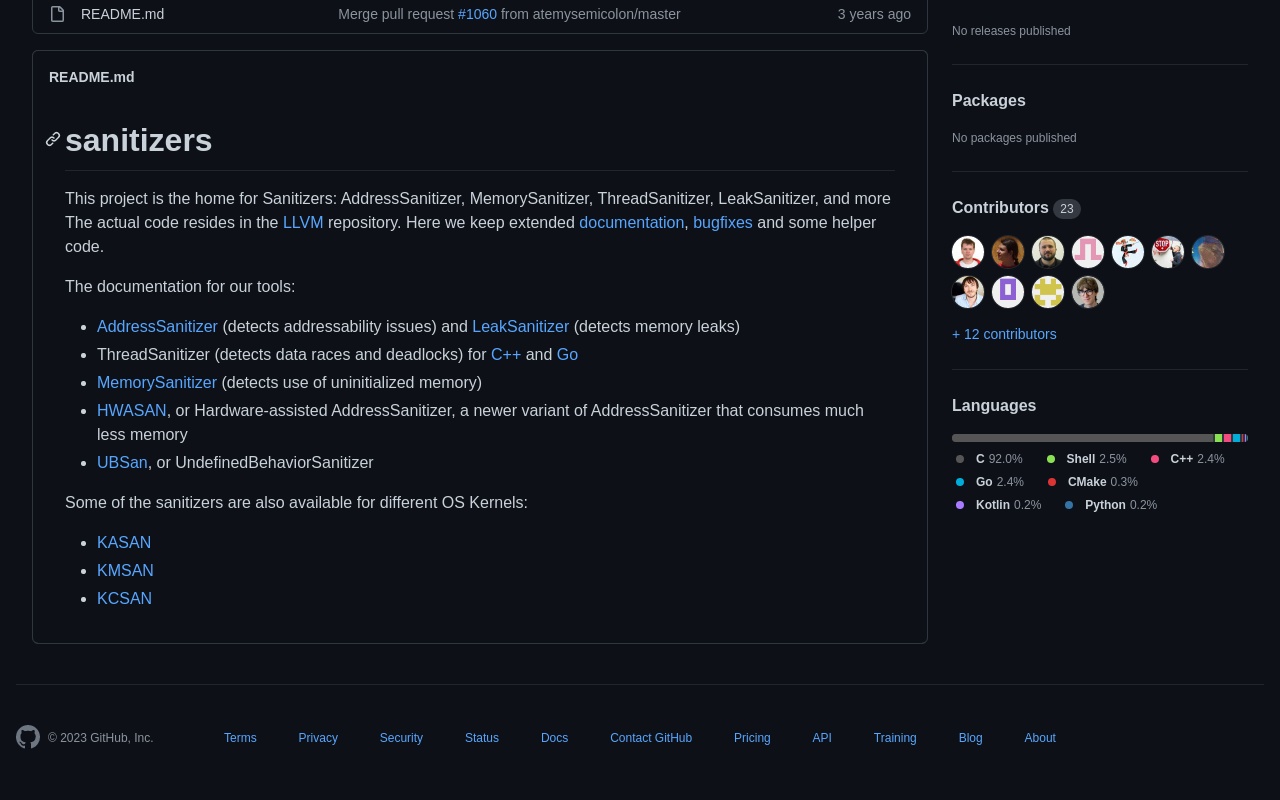Cyberthreats are any potential danger to your computer or system, such as malware, viruses, and hackers. Cyberattacks are the actions that attackers take to exploit these threats and gain access to your system or data.
Cyberthreats and attacks are becoming increasingly sophisticated and common. In 2021, the average cost of a data breach was $4.24 million, and the number of ransomware attacks increased by 60%.
What are the different types of cyberthreats and attacks?
There are many different types of cyber threats and attacks, including:
- Malware: Malware is malicious software that can damage or disable your computer or system. It can also steal your data or personal information.
- Viruses: Viruses are a type of malware that can replicate themselves and spread to other computers.
- Hackers: Hackers are people who try to gain unauthorized access to computer systems or networks. They can do this for a variety of reasons, such as to steal data, install malware, or disrupt operations.
- Phishing attacks: Phishing attacks are attempts to trick users into revealing sensitive information, such as passwords or credit card numbers. Attackers often send phishing emails that appear to be from legitimate companies.
- Ransomware attacks: Ransomware attacks are a type of cyberattack in which attackers encrypt a victim’s data and demand a ransom payment to decrypt it.
How can you protect yourself from cyber threats and attacks?
There are a number of things you can do to protect yourself from cyber threats and attacks, including:
- Use strong passwords and enable two-factor authentication. This will help to make your accounts more difficult to hack.
- Keep your software up to date. Software developers regularly release security patches to fix known vulnerabilities. By keeping your software up to date, you can help to protect yourself from attacks that exploit these vulnerabilities.
- Be careful about what links you click on and what attachments you open. Phishing attacks are a common way for attackers to gain access to your system or data.
- Use a firewall and antivirus software. A firewall can help to protect your computer from unauthorized access, and antivirus software can help to detect and remove malware.
What to do if you are a victim of a cyberattack
If you are a victim of a cyberattack, there are a few things you should do:
- Change your passwords immediately. This includes your passwords for email, social media, and other online accounts.
- Contact your bank and credit card companies. If you think your financial information may have been compromised, contact your bank and credit card companies immediately.
- Report the attack to the authorities. You can report the attack to your local law enforcement agency or the Federal Trade Commission (FTC).
Conclusion
Cyber threats and attacks are serious problems, but there are things you can do to protect yourself. By following the tips above, you can help to keep your data and system safe.
Additional tips for staying safe online
- Be careful about what information you share online. Only share personal information with trusted websites and organizations.
- Be aware of the latest cyber threats and attacks. You can stay informed by reading cybersecurity blogs and following cybersecurity experts on social media.
- Educate your employees about cybersecurity best practices. Employees should be aware of the latest threats and how to protect themselves from them.
By taking these steps, you can help to protect yourself and your organization from cyberthreats and attacks.





Leave a Reply